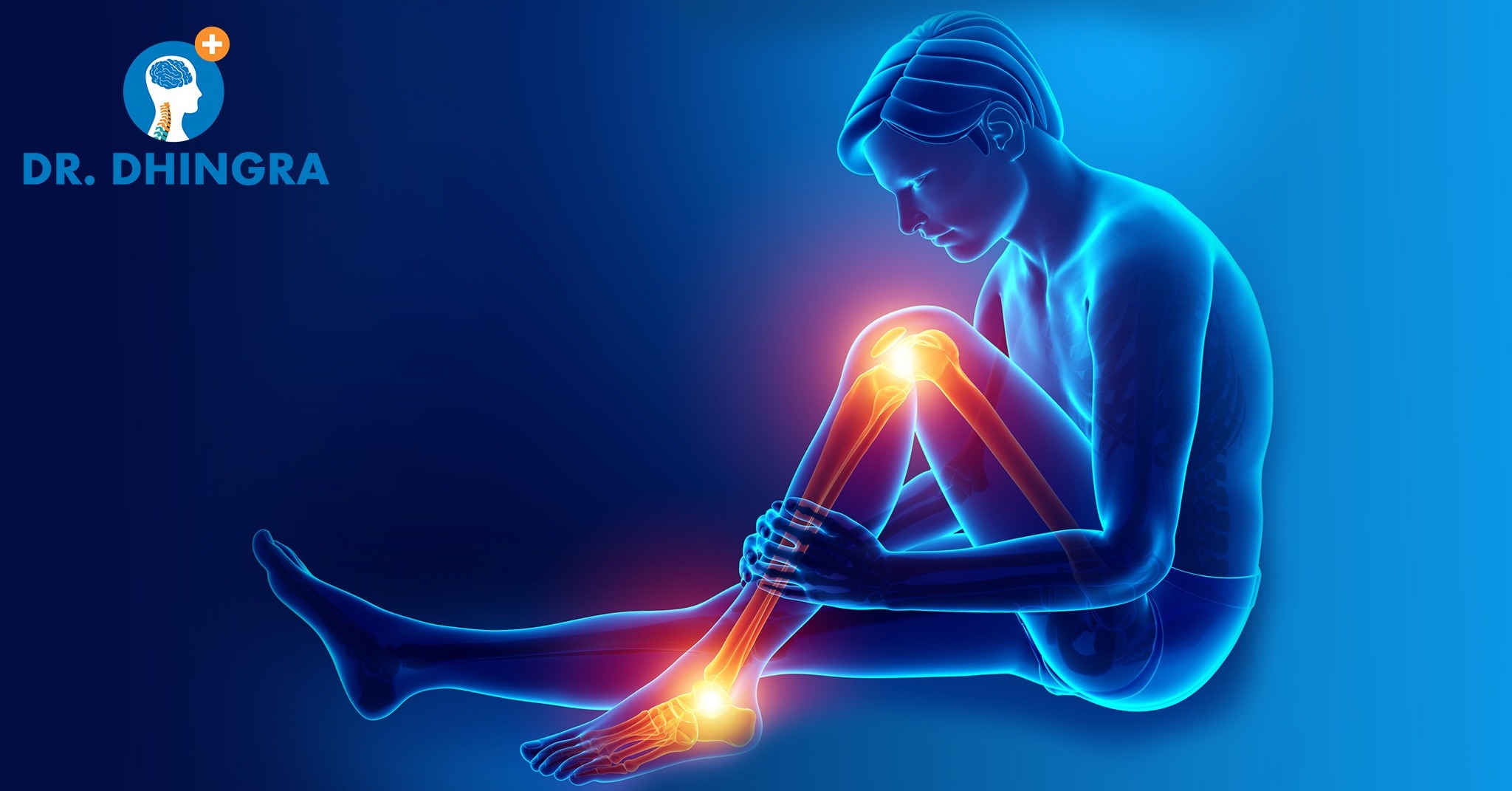
Sciatica Pains And Its Causes
Sciatica is a common type of pain affecting the sciatic nerve, which is a large nerve in humans and other animals. Sciatic nerve begins in the lower back and runs through the buttock and lower limb. The Sciatica pain may go down the back, outside, or front of the leg. The most common symptoms of sciatica include lower back pain which extends through the hip and buttock and down one leg. The pain may get worse when you sit, sneeze or cough.
Spine specialist in Chandigarh, Dr. Dhingra discussed the common causes of sciatica pain are: –
-Risk Factors
Smoking, obesity and occupation are some of the modifiable risk factors inflicting sciatica pains. Non-modifiable risk factors include increasing age, and history of back pain.
-Spinal Disc Herniation
In 90% cases, pressing on one of the lumbar or sacral nerve roots is the most frequent cause of sciatica. It most often occurs during weight lifting. In most of the cases, people below 50 years reported sciatica due to spinal disc herniation.
-Spinal Stenosis
It is a medical condition in which spinal canal, the space the spinal cord runs through, narrows and compresses the spinal cord or sciatic nerve roots. Bone spurs, inflammation or herniated disc are the major reasons responsible for the narrowing. This is true in the cases for individuals above the age of 50 years. The pain is commonly brought on by standing, walking or sitting for extended periods of time.
-Piriformis Syndrome
The piriformis is a muscle in the gluteal region of the lower limbs. In a small fraction of people, the sciatic nerve runs through the piriformis muscle rather than beneath it. In 8% of cases, piriformis syndrome is the reason behind sciatica causing lower back or buttock pain.
-Pregnancy
During the later stages of pregnancy, women are more prone to sciatica due to weight of fetus pressing on the sciatic nerve during sitting or during leg spasms. In most of the cases, no direct harm is inflicted to woman or fetus, however, numbing effect on legs is one of the indirect harms which results in lack of balance.
Spine surgeon in Paras Hospital Panchkula, Dr. Dhingra states that majority of the patients with this problem are treated with physical exercises, therapy or medication. However, in some cases depending on the severity of pain, surgery is suggested.
